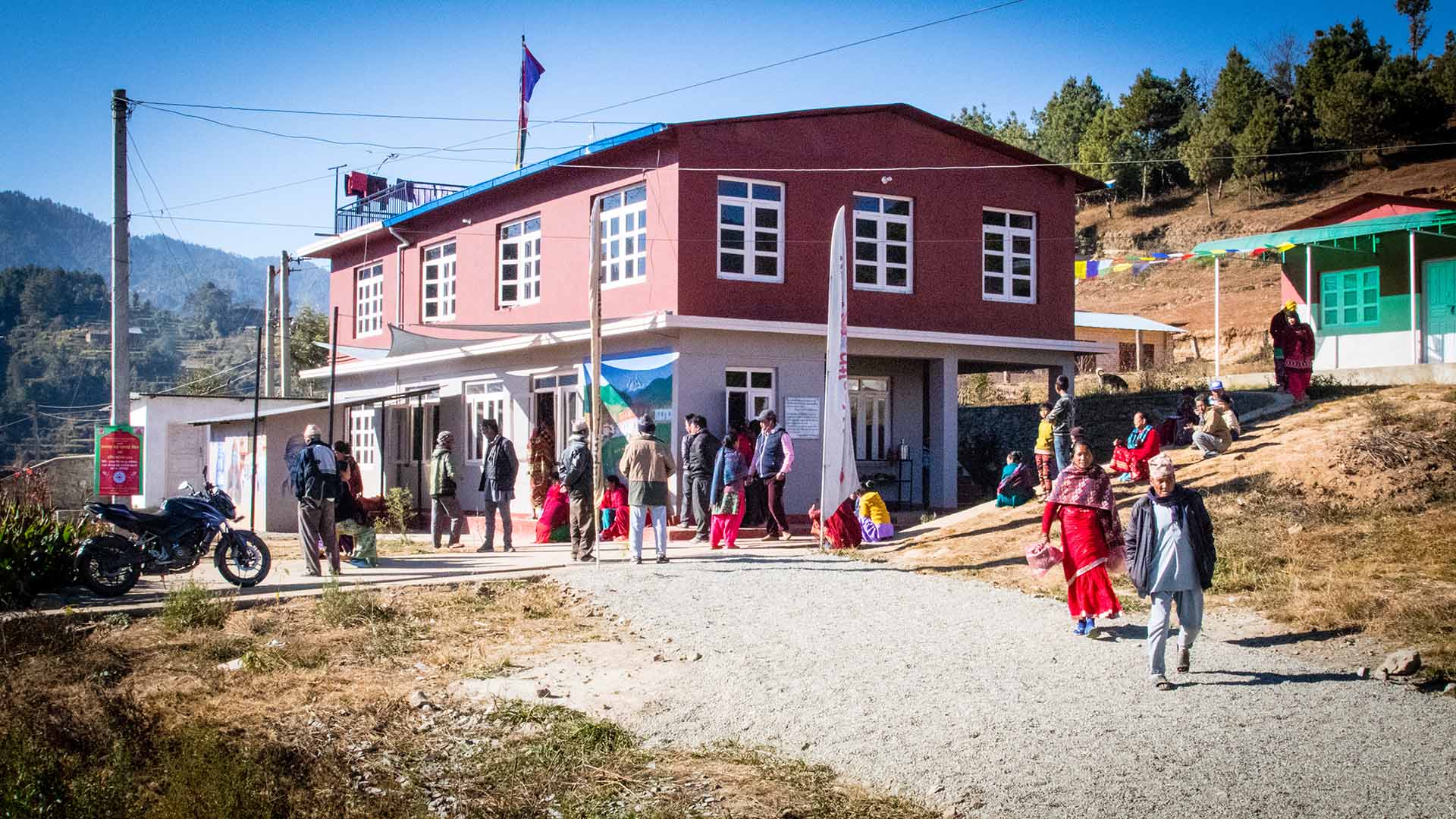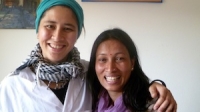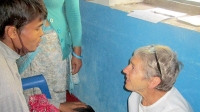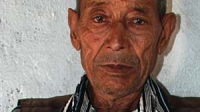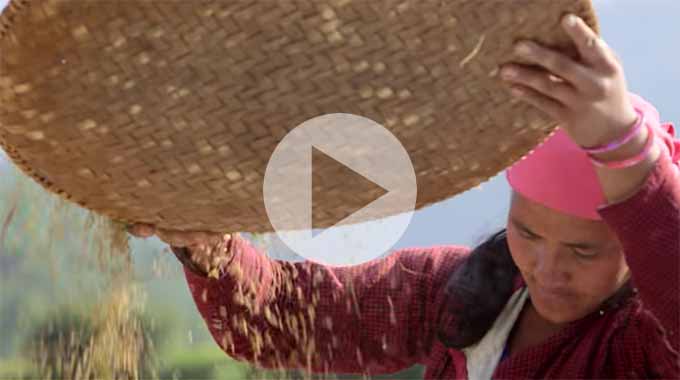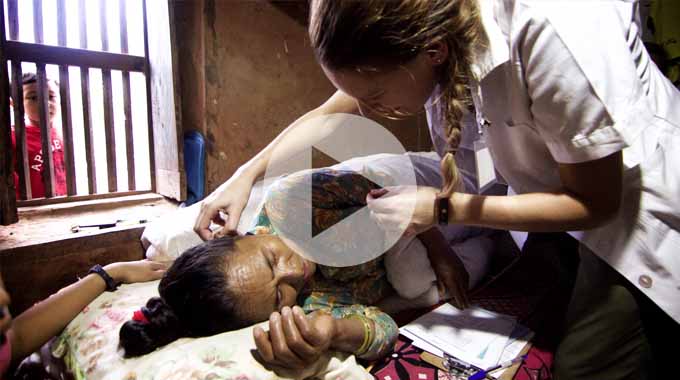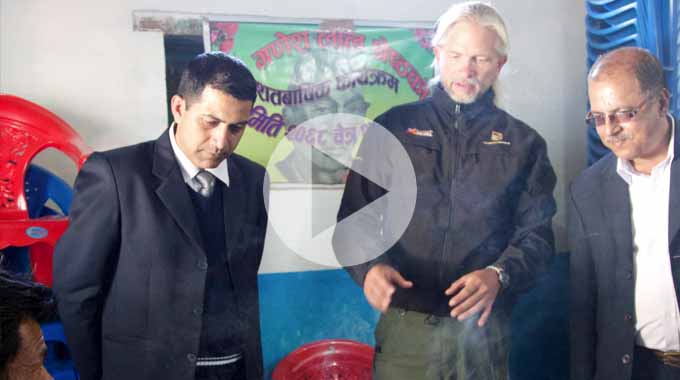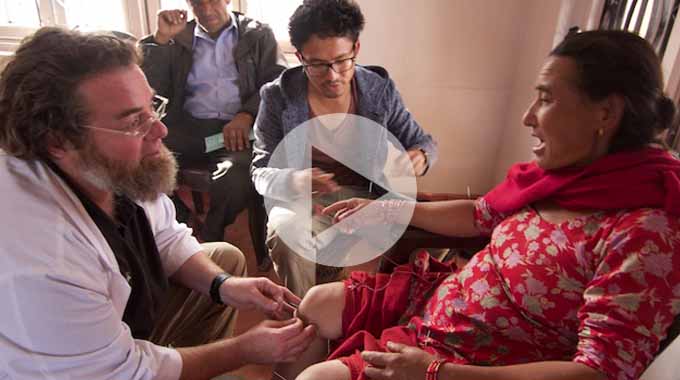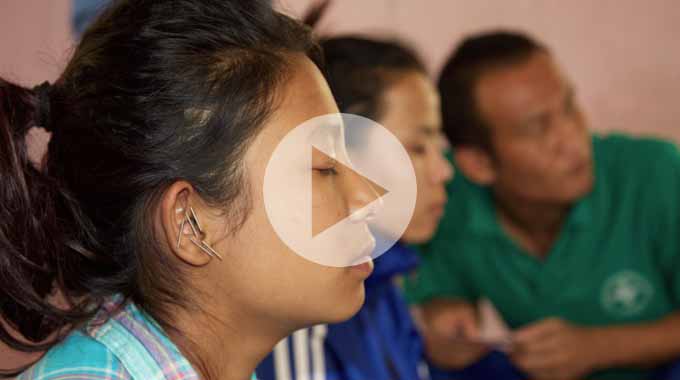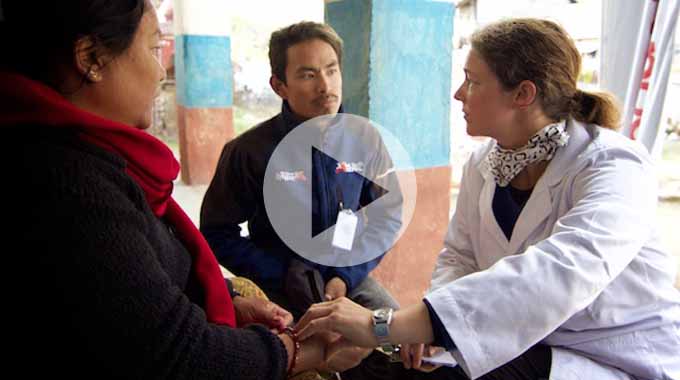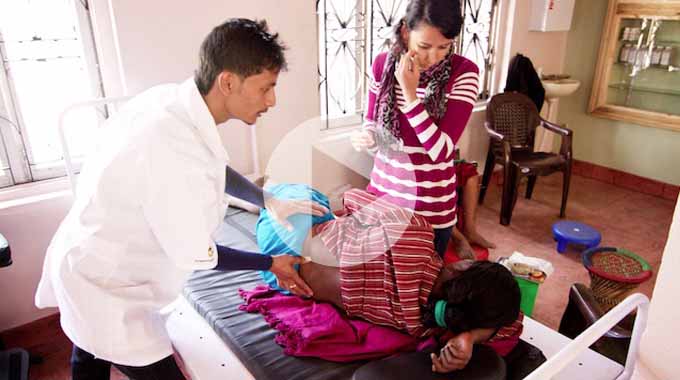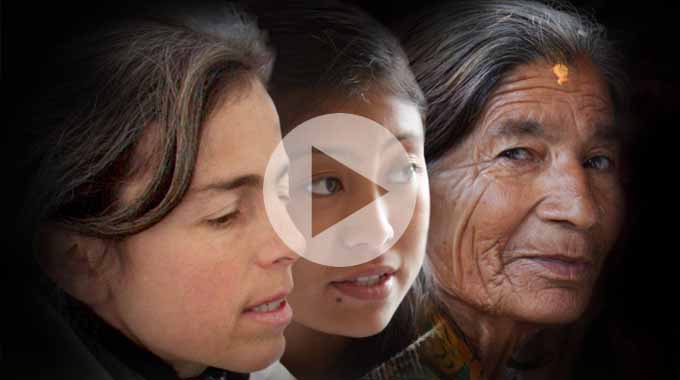Jubal Bewick LAc
December 2014
OVERVIEW
60-year-old female presents with spinal trauma sequelae consisting of constant mid- to high grade pain and restricted flexion of the spine. In conjunction with the treatment for the spinal pain, the patient is treated for pain of the right knee with mid-grade pain and global swelling of the area causing functional impairments. With the completion of the prescribed treatment plan, greater than 75% improvement in symptoms of the spine, and greater than 90% improvement in symptoms with respect to the right knee are achieved.
Subjective
The patient presents upon first consult with a complaint of thoracic and lumbar spinal pain greater than 1 year with respect to onset of symptoms. The patient admits to having fallen from a ladder and landing on her spine over a year prior. The duration of the spinal pain is constant with no respite, even while resting. The quality of pain is a mixed pattern of sharp and dull pain as described by the patient. The main aggravators of the pain are forward bending, sitting and household chores. The patient finds but minor respite with warmer weather.
The patient’s concurrent complaint is right knee pain. The onset of the complaint is greater than 1 year. The area of pain is described as the entire knee. The duration of the patient’s pain is intermittent with a dull, achy characteristic with occasional episodes of sharp pain. The occasional episodes of sharp pain have no distinct pattern the patient can recall. The patient’s main aggravators for the right knee pain are standing, sitting, cold weather, flexion greater than 45 degrees and household chores.
Social history:
No reported history of smoking or drinking
Medical history:
Stage 2 hypertension [unmanaged]
Reports previous diagnosis of degenerative joint disease in knee
Medications & Supplements:
No reported medications
Review of systems:
Cardiac: No palpitations or chest pain
Respiratory: No shortness of breath
Digestion: No reported gas, bloating, nausea or abdominal pain
Sleep habits: Easy to fall asleep, but wakes frequently at night
Bowel movements: Patient reports WNL
Urination: Patient reports WNL
Integumentary: No spontaneous sweats or night sweats
Heat signs: Hot flashes
Objective
Vitals: BP: 175/99 mmHg, PR: 59 bpm
Pulse: Thready with transient changes of slippery and tight
Tongue: Large, red/purple coloration, dry and flattened tip; Peeled coating in the upper jiao of the tongue, yellow, light coat in middle jiao and thick white coat in the lower jiao. Engorged sublingual veins with distention greater than 75%
Palpation: L3 vertebra is enlarged on palpation as compared to other L vertebrae; T7, T12 are tender to the touch.
Visual inspection: L3 is visibly enlarged and protruding posteriorly as compared to other lumbar vertebrae.
AROM of spine: <30 degrees flexion, 25% lateral flexion with grimace, 25% extension with grimace
AROM of knee: <60 degrees flexion
PROM of knee: <60 degrees flexion; Crepitus felt and clicking heard with movement
Anterior drawer: Negative, Posterior drawer: Negative, Varus/Valgus: Negative, McMurray’s: Negative
Reports: MRI of the lumbosacral region taken 09/18/2014
Impression: Compression fracture of T7 and T12 vertebral bodies with marked anterior wedging. Compression fracture of L3 vertebral body. Probably osteoporotic fracture
Degenerative changes in lumbar spine with mild L5-S1 neural foraminal stenosis
Assessment
Before ascertaining medical records from the patient, differential diagnosis was the following:
Diagnosis (spine): Degenerative joint disease/osteoarthritis, herniated disc, spinal lesion, Osteoporatic fractures of T7, T12 and L3 (knee): Degenerative joint disease/osteoarthritis
TCM Diagnosis (spine): Bony bi due to underlying KD yin deficiency, bi syndrome due to wind-cold-damp invasion, qi stagnation and blood stasis causing pain (knee): Bony bi due to underlying KD yin deficiency with wind-cold-damp invasion
Initial Plan
Treat with acupuncture and Chinese herbal medicine with the 10th treatment designated as the reevaluation point for determination of progress. The length of time for the 10 treatment protocol is over a period of 6 weeks. The beginning treatment is focused on local stimulation of qi, blood and neural system around the right knee, while distally treating the spinal pain. This treatment approach is based upon the assumption of degenerative joint disease/osteoarthritis of the spine and osteoarthritis of the knee. Both of these western diagnoses are concurrent with findings of bi zheng – bony bi syndrome with underlying Kidney yin deficiency as the root. The herbal formula used in conjunction with the acupuncture is Du Huo Ji Sheng Tang with a dosage of 8 pills TID.
Typical acupuncture point selection for initial plan is: He Ding, Xi Yan, ST34, ST36, SP10, SP9, KD3, SI3, UB62, Zhu style scalp acupuncture for spinal pain, Yao Teng Xue.
The patient’s hypertension is an ongoing discussion, as the patient has been dealing with misinformation from local health authorities in the form of only suggesting dietary changes, or improper explanation of the importance of controlling hypertension. A secondary issue is the local rumors about drug therapy, especially hypertension medications. The rumors surround the side effects, some true, some not, which lead to out-weighing the need to control hypertension in the patient’s perspective.
Treatment Progression
The patient was steadily receiving benefit from acupuncture for the right knee pain, but having limited results with the spinal pain after the 3rd acupuncture visit, which was the visit on which the patient brought the previously taken MRI report and film. Upon review of the report of findings affiliated with the MRI, a change of acupuncture treatment was taken for the 4th visit.
Acupuncture procedure: Hua Tuo Jia Ji at levels of T7, T12, L3; The needles were placed at the depth of the periosteum of each vertebral body and then electro was applied at a continuous frequency of 80Hz. Additional points would be prescribed depending on changes in pain level of the right knee: UB40, Ah Shi 2 cun above UB40, Ah Shi 1.5 cun lateral UB40, UB39.
A change in Chinese herbal medicine was made as more yin deficient symptoms were being seen. Along with Du Huo Ji Sheng Tang 8TID, Zuo Gui Yin was added with a dosage of 3 pills BID.
Continued discussion was had regarding hypertension, but no progress had been made by this point in time.
Outcome
Final outcome for the patient after the 10th visit are as follows:
Subjective
Greater than 75 % decrease in spinal pain with or without activity
Greater than 90% decrease in knee pain with or without activity
No night sweats
Waking no more than 1 time per night
Objective
AROM of spine: WNL in all directions with no grimace present
AROM of knee: WNL in flexion with no grimace present
PROM of knee: WNL in flexion with no grimace and less crepitus felt, but clicking still present
Health management goal: Agreement was made with the patient to be assessed in Kathmandu and receive counsel with drug therapy to care for her stage 2 hypertension. In this agreement, the patient acknowledged the need for continuous monitoring to make sure hypertension is properly managed, even after medication is prescribed.
Conclusion
Maintenance care will be needed due to the patient’s age, history of trauma, bone degeneration and lifestyle that leads to excess exposure to inclement weather. The overall prognosis with maintenance care is good considering the results seen in regular care with respect to quality of life and pain management.
Injury prevention discussions and testing are deemed continually necessary considering the patient has been diagnosed as osteoporotic by physicians in Kathmandu. These discussions and tests could be a major step towards prevention of accidents and further degeneration that could lead to bone damage. Proper evaluation for high risk osteoporotic regions of the body needs fracture risk assessment (FRAX), which includes DEXA scans, and if deemed necessary, use of proper drug therapy. Monitoring of ongoing bone loss, or response to treatment with regard to osteoporosis, should be repeated approximately every 2 years per standard of care for patients with known osteoporosis.
A major goal to achieve, outside of maintaining a relatively pain-free state of health for the patient, is continued monitoring of the patient’s hypertension. This concern was agreed upon by the patient at the last visit. The patient agreed to see a physician in Kathmandu hospital system and receive drug therapy counseling with intervention for her hypertension. This health concern, in my point-of-view, outweighed the concerns held by the patient in regard to pain management. Poor understanding of hypertension is linked to inadequate public education and understanding of the causes of hypertension, and pathologies created by persistent
